What is a Journeyman Welder, And How Do You Become One?
Last Updated on
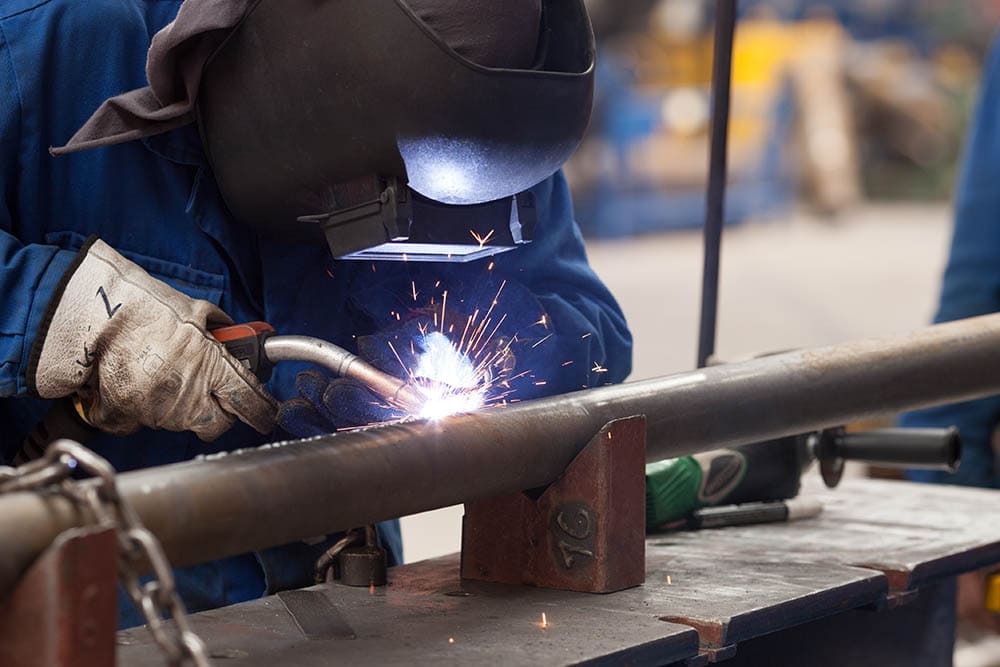
Welding is one of the most important trades in the world. It involves the soldering together of metal pieces to create structures used in things like buildings or machines. If you enjoy hands-on work on metals, welding could be a good career for you.
The profession offers many career opportunities and advancement possibilities. For example, you could become a welder who works on pipelines or a welder for the military. In this article, we will talk about a journeyman welder and how to become one.
What is a Journeyman Welder?
A Journeyman is someone who has already completed an apprenticeship and becomes a master of his or her craft. A journeyman can lead a team of other welders, or they could work at the welding site. They are responsible for large sections of welding on metal structures.
A Journeyman needs to have all the skills of a journey-level welder. In addition, be able to work in different positions without much supervision. Some of their responsibilities include:
- Ensuring that every complete project is durable and safe for consumer use
- Reading blueprints and drawing plans
- Preparing and welding metal pieces for the construction of pipeline systems, ships, bridges, and more.
- Leading a team of entry-level welders
- Cleaning all welding equipment
- Ensuring safety regulations when handling metals and flames
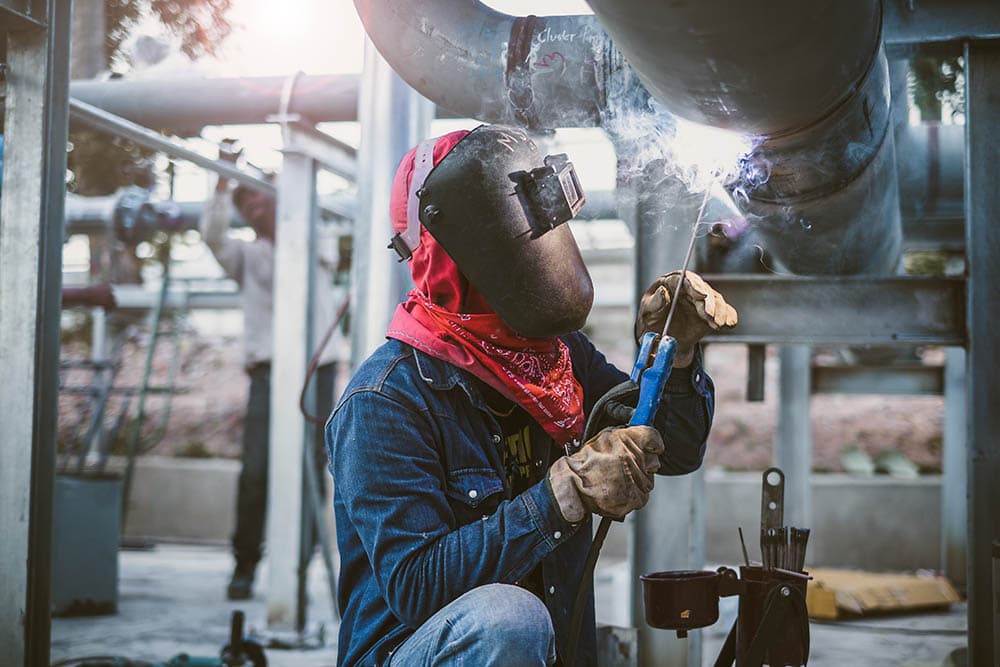
Types of Welding Jobs Available For a Journeyman Welder
There are many different types of welding jobs available. Some welding careers require more technical skills than others, which is why you will need to do your research and select the welding job that suits you best. Here are a few types of welding jobs available:
1. Arc welding
It is one of the most common types of welding. Arc welding uses an electric arc between a tungsten electrode and the metal you are working on. The work is generally done by manually holding the electrode to the base metal or using a stick-type welding machine. It is most popular in the construction and manufacturing industry.
2. MIG welding
MIG welding involves fusing two pieces of metal with the help of a non-consumable wire electrode. The welding gun provides filler metal that automatically feeds into the weld area.
3. TIG welding
TIG welding is a fairly new type of welding. It creates a high-quality metal with less stress and no burn-through. Keep in mind that it is a little bit complex and uses inert gas.
Additionally, it is a good choice for welding aluminum and stainless steel. TIG welding gets preferred for large-scale projects that require high precision, clean cuts, and quick work times.
How Do You Become A Journeyman Welder?
Like all other careers, welding has requirements and steps you must go through. While that does not mean you need a college degree, you will still need some levels of schooling. First, you must take an apprenticeship program that lasts anywhere between 3-4 years.
During the program, you will learn how to use different welding techniques. You will also have plenty of time to practice your skills. But first;
Do Enough Research About the Welding Profession
First, before you do anything else, you need to look into what it takes to become a journeyman welder. Some different types of welding could qualify as a journeyman welder. However, they all have similar requirements and training, so it is okay to be sure.
Ensure you have a clear picture of different welding jobs available. It will help you determine which welding position best aligns with your abilities and strengths. For example, have a look for insights from the US Bureau of Labor Statistics.
If you want to be a shipbuilding welder, you will have to learn different welding techniques than someone who works in pipeline construction. Welding careers vary in terms of responsibilities and tasks.
The research will also help you understand the type of training and certification required for each welding job. You will also need to know the average salary range of your desired positions too. This way, you can prepare accordingly.
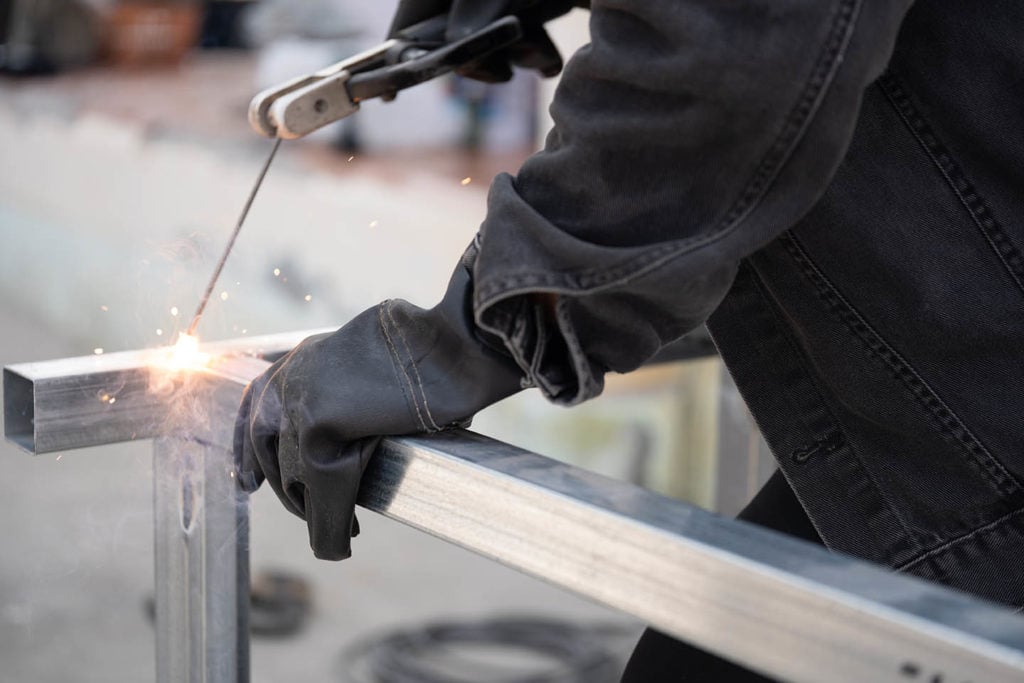
Taking a Welding Course
There are many welding courses available in every state. Many of them offer good programs that will help you become a welder. Once you have done your research and chosen your preferred career, find out the educational requirements for that job.
Most welding careers will require having a GED or a high school diploma. If your school offers welding classes, they can be helpful. Also, take advantage of math classes like geometry, understanding angles, and fractions.
If that is not the case, many technical schools or colleges offer welding courses. They could be online or in-person, but both will help you become a successful welder. They are also more comprehensive than high schools sometimes.
They offer an opportunity to learn a wide range of welding techniques and disciplines. You will also have the chance to learn how to use equipment such as modern computerized welding machines. They will give an advantage in the modern manufacturing industry, where tech is the order of the day.
Certification
Like most technical careers, there are many specialized sub-categories in the welding profession. Many of them will require you to have an individual certification. To get these certifications, you will need to take and pass a test from the American Welding Society.
All you need is to demonstrate your knowledge and abilities by taking a practical exam. However, after the certification, you will need to submit a document every 6-months to recertify your trade. Additionally, to get them, it takes about six months to two years.
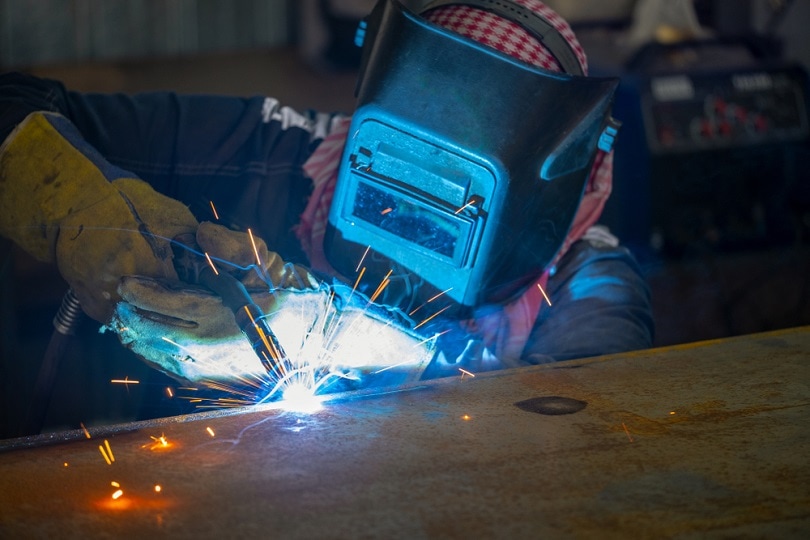
Gaining Hands-On Experience
Once you get accreditations, you will need some on-the-job experience. Many welding positions are entry-level, which means you will have some time to gain hands-on experience. Gain that in your early days, and you will be able to secure a good journeyman-welding job with the support of certifications.
To get that experience, you can choose an apprenticeship program. It will help you get a good start. You will have the opportunity to work with a team of experienced welders and learn their trade.
Welding Apprenticeships
While some people take the schooling route, others can start a career as a welder with an apprenticeship. Apprenticeships are modernized age-old practices where an experienced tradesperson teaches the ins and outs of a craft or to someone. The federal and state governments regulate these practices to ensure basic standard training.
Apprenticeships are often a win-win for both parties. The apprentice gets the chance to learn the trade while being paid for it. On the other hand, experienced tradespersons or employers get to work less.
Welding apprenticeships require about 6,000-8,000 hours, which translates to 3-4 years of training. That means a minimum of 2,000-h of technical training and 144-h of classroom training per year. Then, they must complete a written test and an interview with an industry professional to be certified.
You will learn about blueprint reading, chemistry, and metallurgy, and applied mathematics. Generally, the technical training teaches you what to do and how to do it, while the classroom training explains why you do it.
Begin Your Job Search
After you get certifications and training, it is time to look for a job. Start searching online or in newspapers for available welding jobs. You can also ask for recommendations from welding instructors, family members, or friends.
Keep in mind that there are many factors involved when looking for a job. Make sure you communicate your skills and certifications to the employers. That will help them understand what you would bring to the table.
In most cases, it is a good idea to start as an entry-level welder. It can help you get started without too much stress. It is also a necessary start for many college students or other applicants.
If you get the job, you can now go ahead, demonstrate your skills and abilities, and move up to be a journeyman welder. It might take several years, but with dedication and hard work, you will get there.
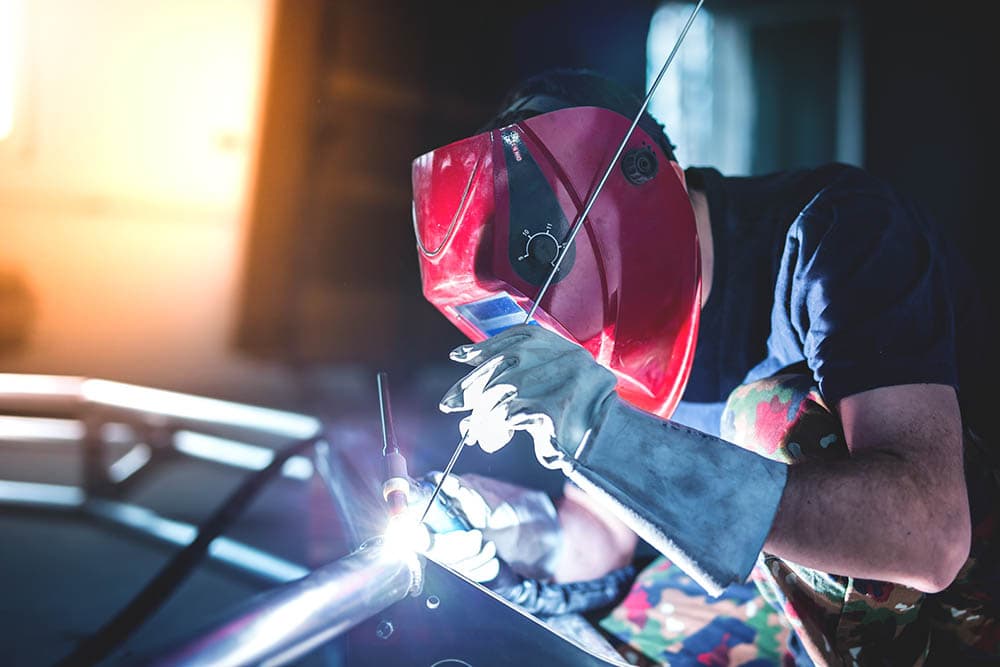
Working As a Journeyman Welder
As a journeyman, you can now work as an experienced worker, with abilities to perform many types of welding. You can work on large projects and gain a lot more experience in the field.
The journeyman is one-step below an expert welder. You will need to have at least 4-8 years of work experience. At that level, you will be able to supervise and train other apprentice welders.
How Much Does A Journeyman Welder Make?
Journeyman welder salary will be subject to several factors. The type of employer, the location, level of experience, and industry are some of them.
For instance, some industries such as oil and gas will pay more than others. That is because they have different responsibilities, complexities and can be hazardous.
However, considering all variables, you will make an average income of between $44,433 and $56,973, according to SalaryCom. That translates to an average of $50,073 per year or $22.12 per hour.
Final Thoughts
To become a journeyman welder, you can take the older traditional route of an apprenticeship program. Alternatively, you can go the more modern way of taking welding classes and getting your certification. Whichever way you choose, it will be well worth the effort.
Featured Image Credit: Bogdan VASILESCU, Shutterstock
